CARING WITH FAMILY
|
| The level of affection a breed exhibits towards family members and familiar individuals can vary. Certain breeds may display aloofness towards everyone except their owner, while others may treat everyone they know as their closest companion. |
LOVE WITH CHILDREN
Unwise
Good With Children
|
| The level of tolerance and patience a breed has towards children's behavior, as well as its overall family-friendly nature, can differ. It is crucial to supervise dogs around young children or children of any age who have limited exposure to dogs. |
BEHAVIOR WITH DOGS
Unwise
Good With Other Dogs
|
| The overall friendliness of a breed towards other dogs can vary. While it is essential to always supervise and control dog interactions and introductions, certain breeds tend to be naturally more inclined to get along with other dogs, whether it be at home or in public. |
SHEDDING LEVELS & MANAGEMENT
No Shedding
Hair Everywhere
|
| The amount of fur and hair a breed typically leaves behind can vary. Breeds that are prone to high shedding may require more frequent brushing and are more likely to trigger certain types of allergies. Additionally, they may necessitate more consistent vacuuming and lint-rolling to manage the excess hair. |
COAT GROOMING STANDARDS
|
| The grooming needs of a breed, such as bathing, brushing, trimming or other coat maintenance, can vary. It is important to consider the amount of time, patience and budget you have for this type of care when evaluating the grooming effort required. However, all breeds require regular nail trimming. |
DROOLING INTENSITY
Less Likely to Drool
Always Have a Towel
|
| The tendency of a breed to drool can vary. If you value cleanliness and are particular about avoiding ropes of slobber on your arm or large wet spots on your clothes, breeds that are prone to excessive drooling may not be the best choice for you. |
COAT STYLES GUIDE |
| Double |
| COAT SPECTRUM |
| Medium |
FRIENDLINESS
Reserved
Everyone Is My Best Friend
|
| The friendliness of a breed towards strangers can vary. Some breeds may exhibit reserved or cautious behavior around all strangers regardless of the situation, while others will eagerly greet new humans whenever they are around. |
LIVELINESS
Only When You Want To Play
Non-Stop
|
| The enthusiasm for play in a breed can vary even beyond the puppyhood stage. Some breeds will continue to enjoy activities like tug-of-war or fetch well into their adult years, while others will be content to relax on the couch with you for the most part. |
VIGILANCE INTENSITY
What's Mine Is Yours
Vigilant
|
| The tendency of a breed to alert you of the presence of strangers can differ. Certain breeds are more likely to react to any potential threat, whether it's the mailman or a squirrel outside the window. However, these breeds are also likely to become more friendly towards strangers who enter the house and are accepted by their family. |
ADAPTATION CAPACITY
Lives For Routine
Highly Adaptable
|
| The adaptability of a breed to handle change can vary. This includes changes in living conditions, noise levels, weather, daily schedules and other variations in day-to-day life. Some breeds may adjust more easily to such changes, while others may require more time and support to adapt successfully. |
OBEDIENCE LEVEL
Self-Willed
Eager to Please
|
| The ease of training and the willingness of a dog to learn new things can differ among breeds. Some breeds are known for their innate desire to please their owners and are generally more receptive to training, while others may have a more independent nature and may require extra motivation or specialized training techniques. It is important to consider the breed's temperament and characteristics when assessing the trainability and eagerness to learn of a particular dog. |
STAMINA LEVEL
|
| The amount of exercise and mental stimulation a breed needs can vary. High-energy breeds tend to be ready for action and eager for their next adventure. They thrive on activities like running, jumping and playing throughout the day. On the other hand, low-energy breeds are generally more content with a relaxed and laid-back lifestyle. They are happier simply lounging around and snoozing. It is crucial to consider the breed's energy level and provide the appropriate amount of exercise and mental stimulation to ensure their well-being. |
VOCALIZATION
|
| Medium |
LEARNING CURIOSITY LEVEL
Happy to Lounge
Needs a Job or Activity
|
| The amount of mental stimulation a breed needs to stay happy and healthy can vary. Purpose-bred dogs that have been developed for specific tasks may require plenty of mental challenges to engage their decision-making, problem-solving and concentration abilities. Without adequate mental exercise, these dogs may become bored and find their own outlets for mental stimulation, which may not always align with what their owners want. It is important to provide appropriate mental stimulation for the breed's specific needs to ensure their well-being and prevent unwanted behaviors. |
| COLORS |
|
Description
|
Registration Code
|
|
White
|
199
|
|
| PATTERNS |
|
Description
|
Registration Code
|
|
Badger Markings
|
001
|
|
Tan Markings
|
012
|
|
Gray Markings
|
028
|
|
Reddish Brown Markings
|
040
|
|






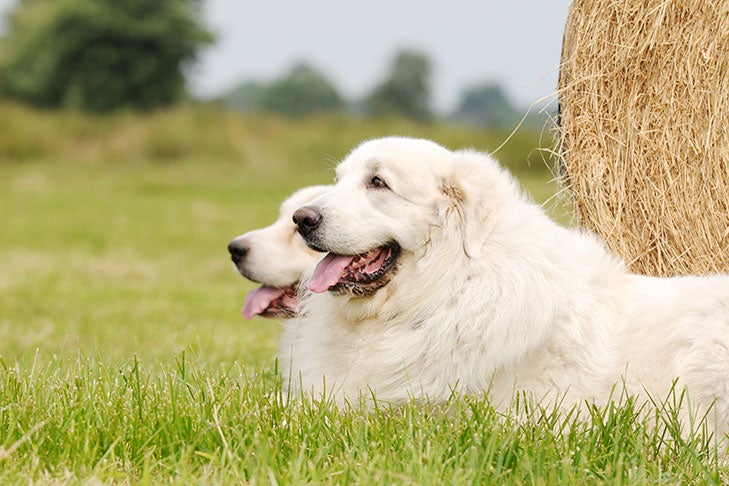
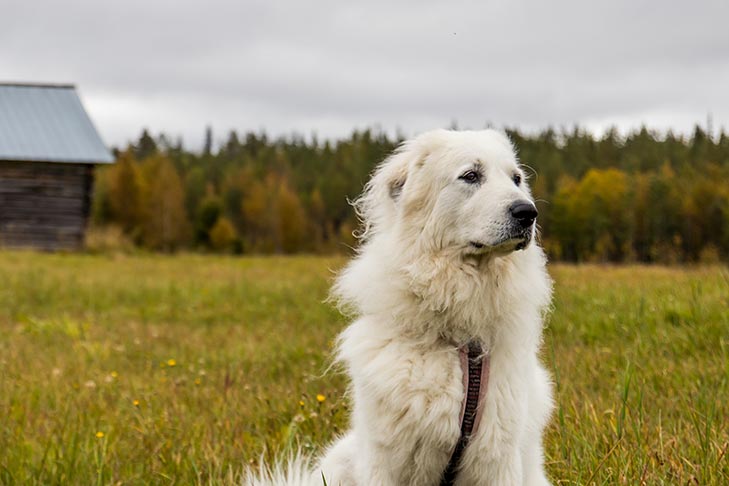
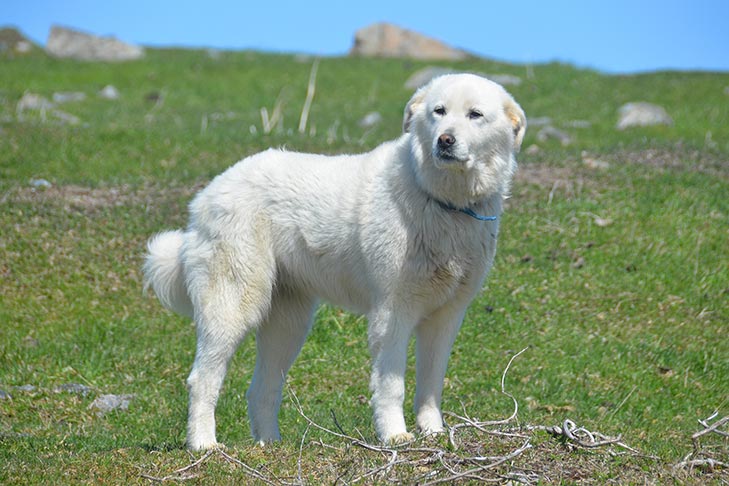
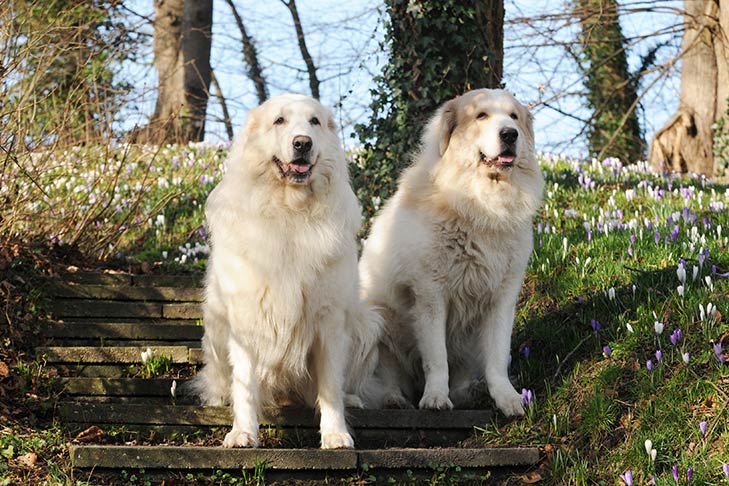






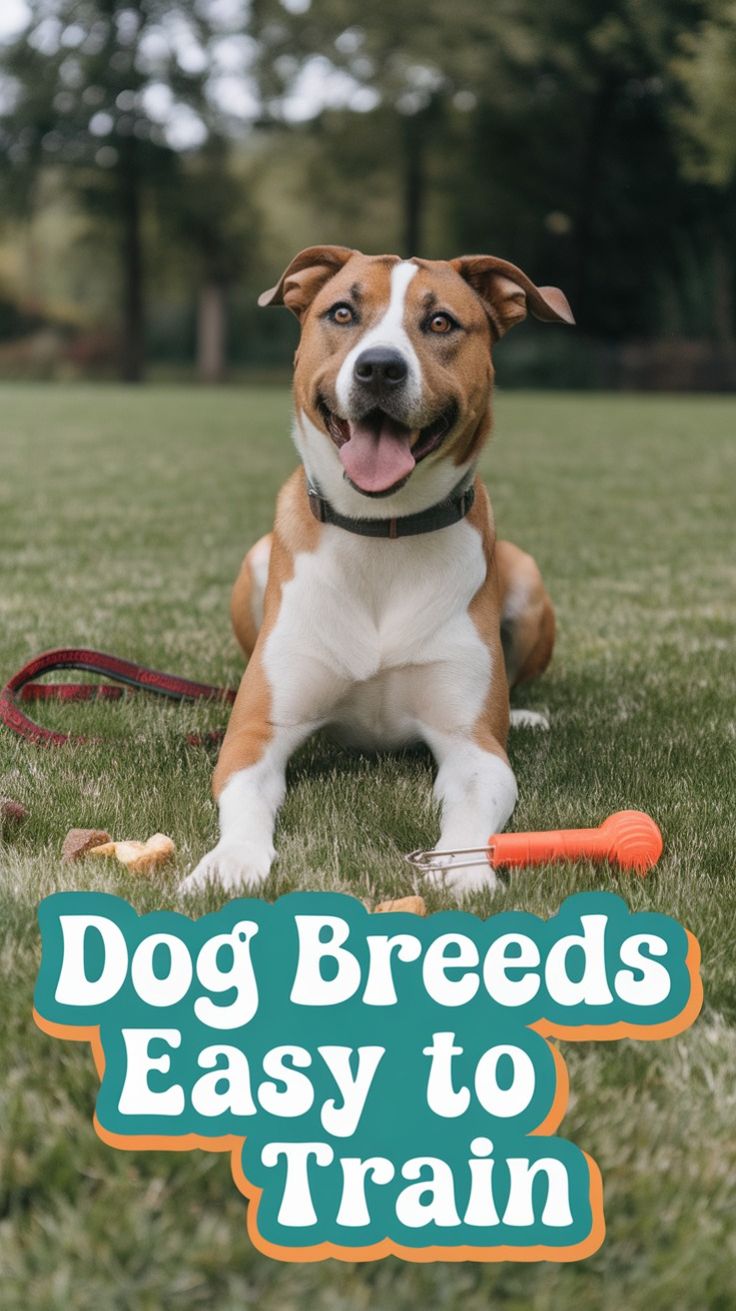
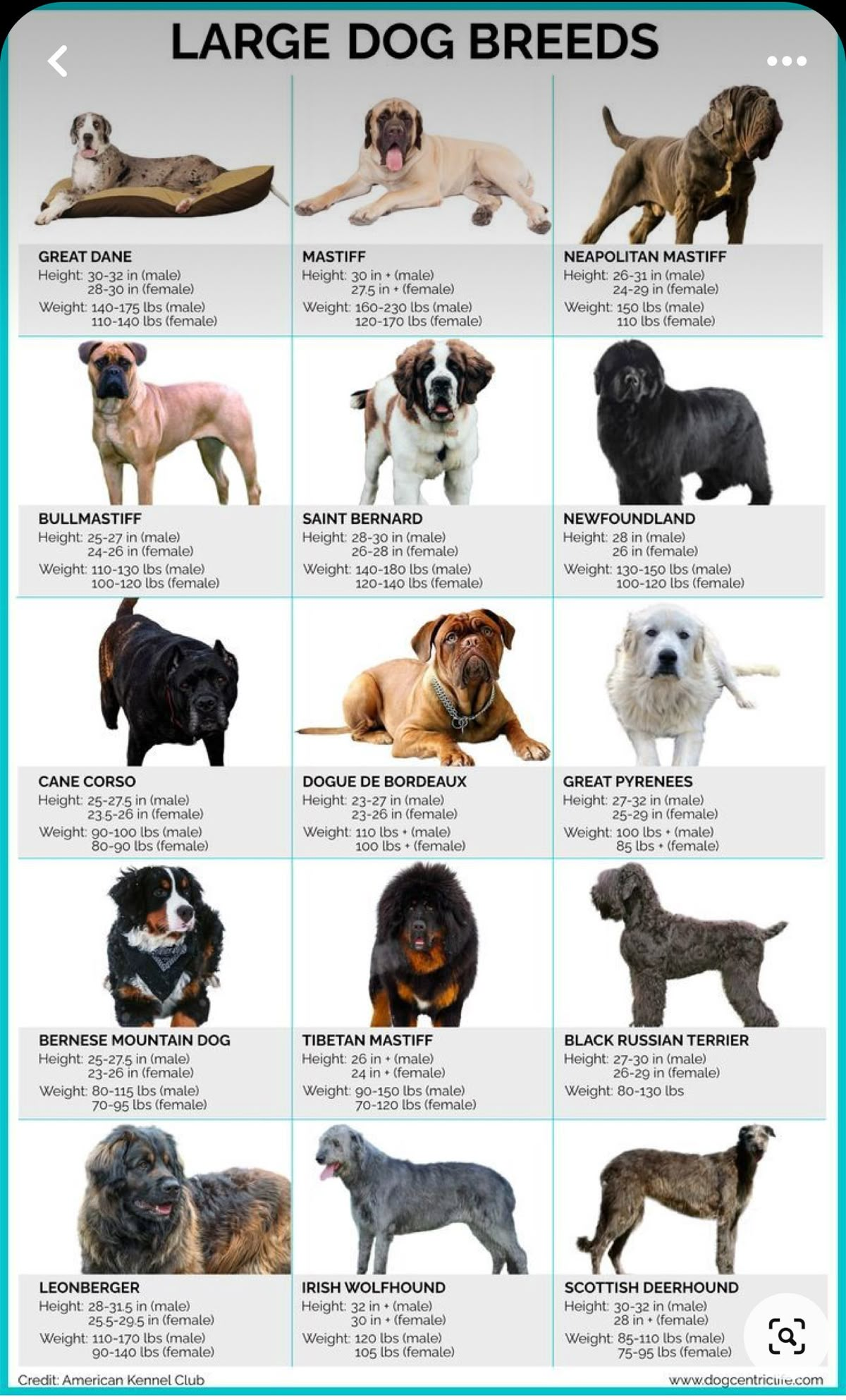

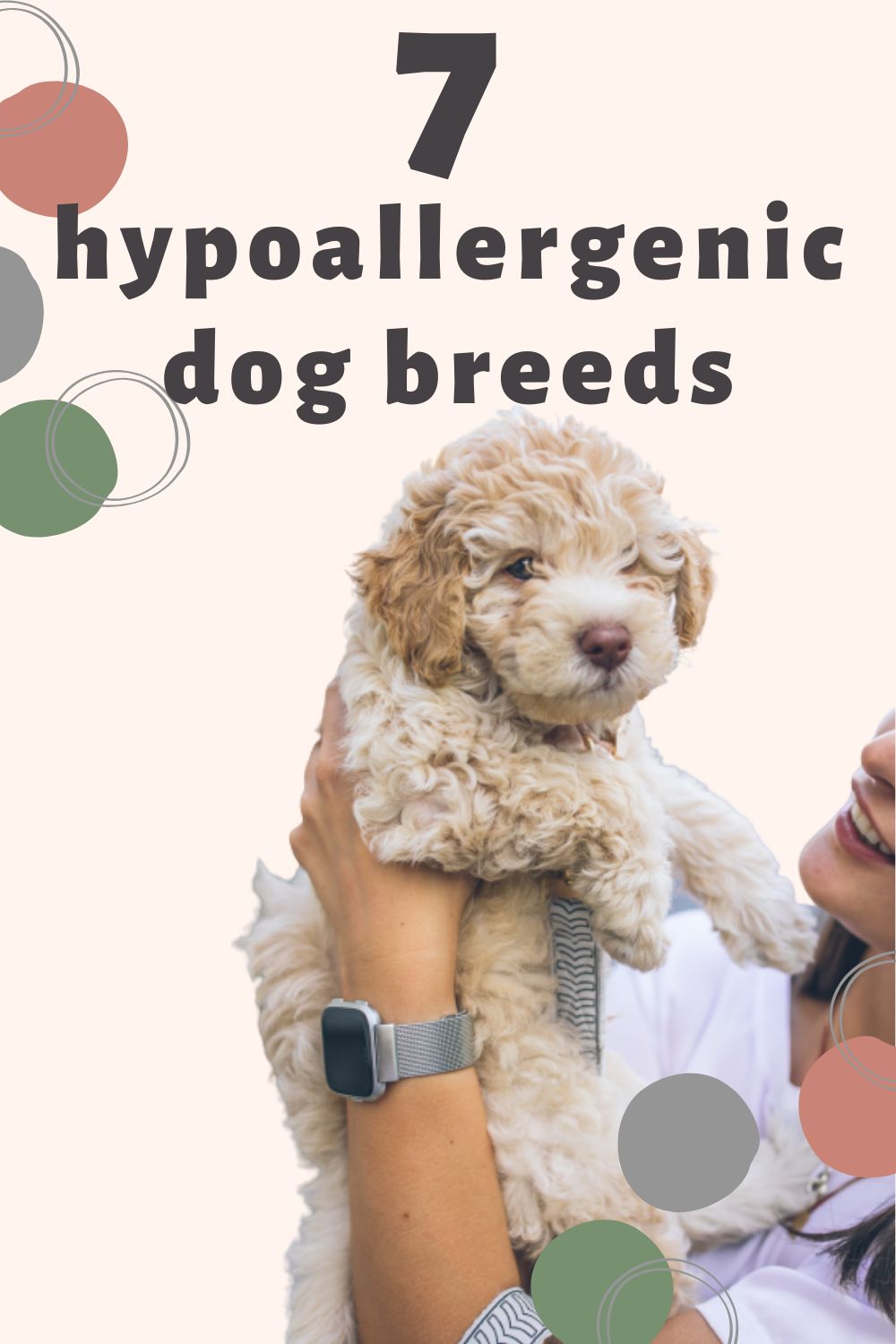




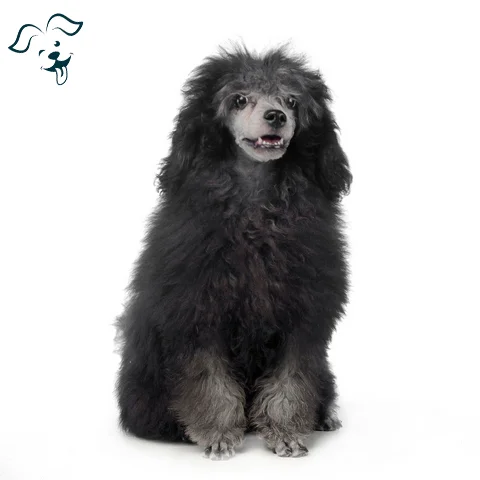


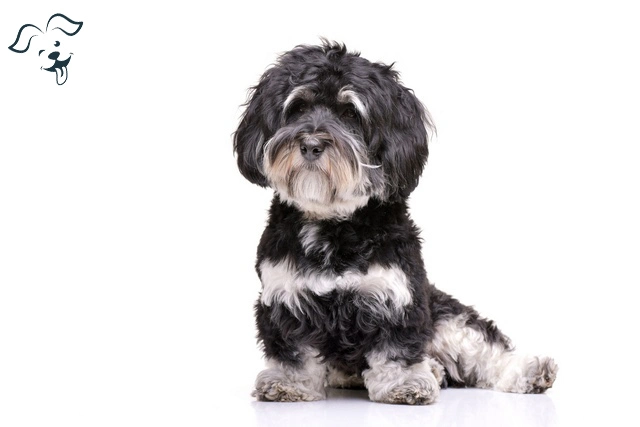
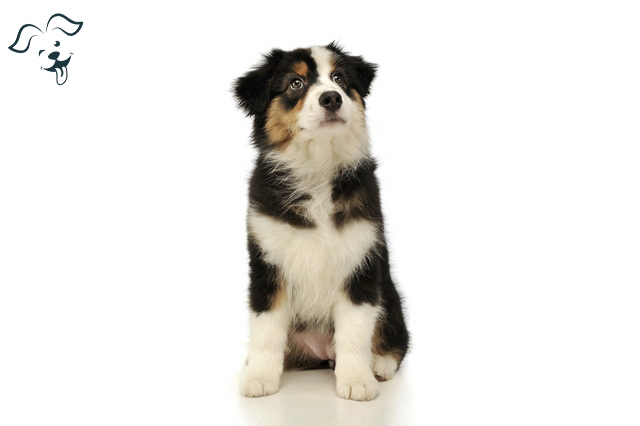
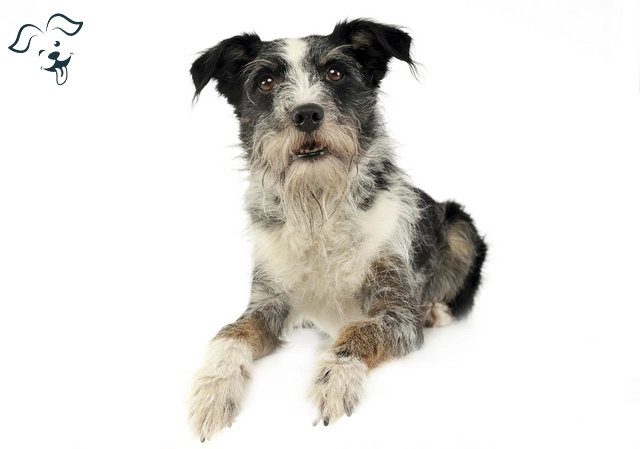
FRIENDLINESS
LIVELINESS
VIGILANCE INTENSITY
ADAPTATION CAPACITY